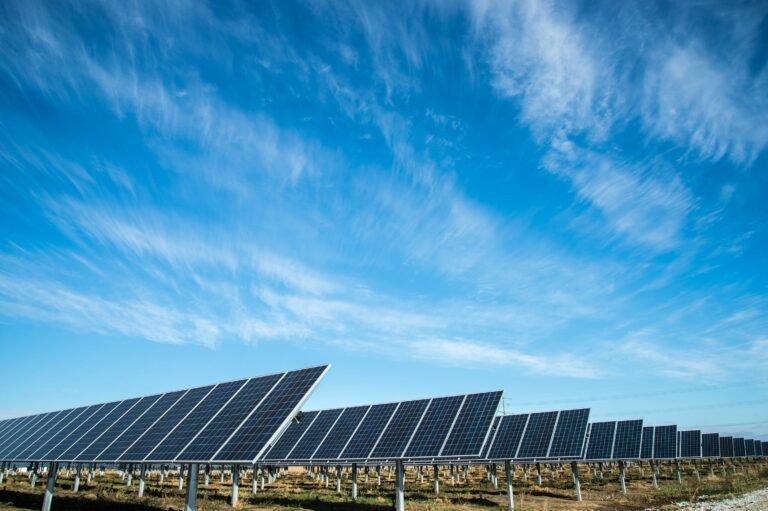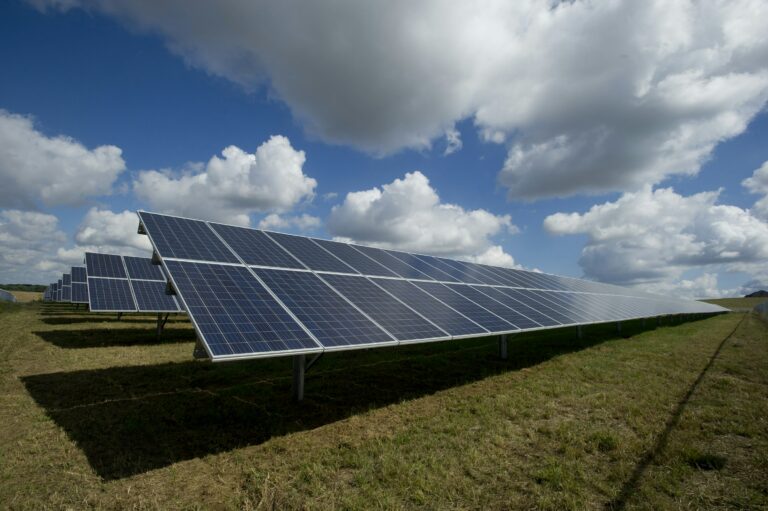SOLAR FARMING SOLUTION
Solar farming involves setting up large-scale solar power plants on unused land. These farms generate clean energy that can be sold to the grid or used for commercial purposes. Solar farming is an excellent investment for landowners and businesses looking to generate passive income while contributing to a greener planet.
Technical Specification for Solar Farming Solution
- Note: The technical specification may vary based on the specific requirements of the project.
Solar Panel Array:
Type: Monocrystalline or Polycrystalline photovoltaic (PV) panels.
Efficiency: 18-22% (monocrystalline preferred for higher efficiency).
Capacity: 1 MW to 100 MW or more (scalable based on land availability and energy requirements).
Mounting: Ground-mounted with fixed tilt or solar tracking systems for optimal sunlight exposure.
Durability: Weather-resistant, with a lifespan of 25+ years.
Inverter:
Type: Central inverters or string inverters for large-scale applications.
Capacity: 1 MW to 100 MW or more (matches solar panel capacity).
Input Voltage: Compatible with solar panel array voltage (e.g., 600V to 1500V DC).
Output Voltage: Medium voltage (e.g., 11 kV or 33 kV) for grid integration.
Efficiency: ≥98% to minimize energy loss during conversion.
Certification: Compliant with grid standards (e.g., IEEE 1547, UL 1741).
Battery Storage System (Optional for Hybrid Systems):
Type: Lithium-ion or flow batteries for large-scale energy storage.
Capacity: 10 MWh to 100 MWh or more (scalable based on energy needs).
Voltage: Compatible with inverter input voltage.
Cycle Life: 5,000+ cycles with 80-90% Depth of Discharge (DoD).
Management: Integrated Battery Management System (BMS) for safety and performance.
Mounting Structure:
Type: Galvanized steel or aluminum for durability.
Design: Fixed tilt or single-axis/dual-axis solar tracking systems for maximum energy yield.
Load Capacity: Designed to withstand wind and snow loads as per local regulations.
Installation: Ground-mounted with proper anchoring and foundation.
Grid Connection and Net Metering (if grid-tied):
Type: High-voltage grid connection with transformers.
Function: Transfers generated energy to the grid for sale or net metering.
Accuracy: Class 1 or higher for precise energy measurement.
Integration: Compliant with utility grid standards and regulations.
Revenue: Enables earning income through energy sales or credits.
Monitoring and Control System:
Type: SCADA (Supervisory Control and Data Acquisition) system for large-scale monitoring.
Features: Real-time energy production, system performance, and fault detection.
Connectivity: Ethernet, fiber optic, or GSM for remote monitoring.
Alerts: Notifications for system faults, performance issues, or maintenance requirements.
User Interface: Web portal or mobile app for easy access to system data.
Solar Farming Benefits:
Passive Income: Generates revenue through energy sales to the grid or commercial buyers.
Land Utilization: Converts unused land into a productive asset.
Carbon Reduction: Contributes to large-scale reduction in carbon footprint.
Long-Term Investment: High returns over the system’s lifespan (25+ years).


